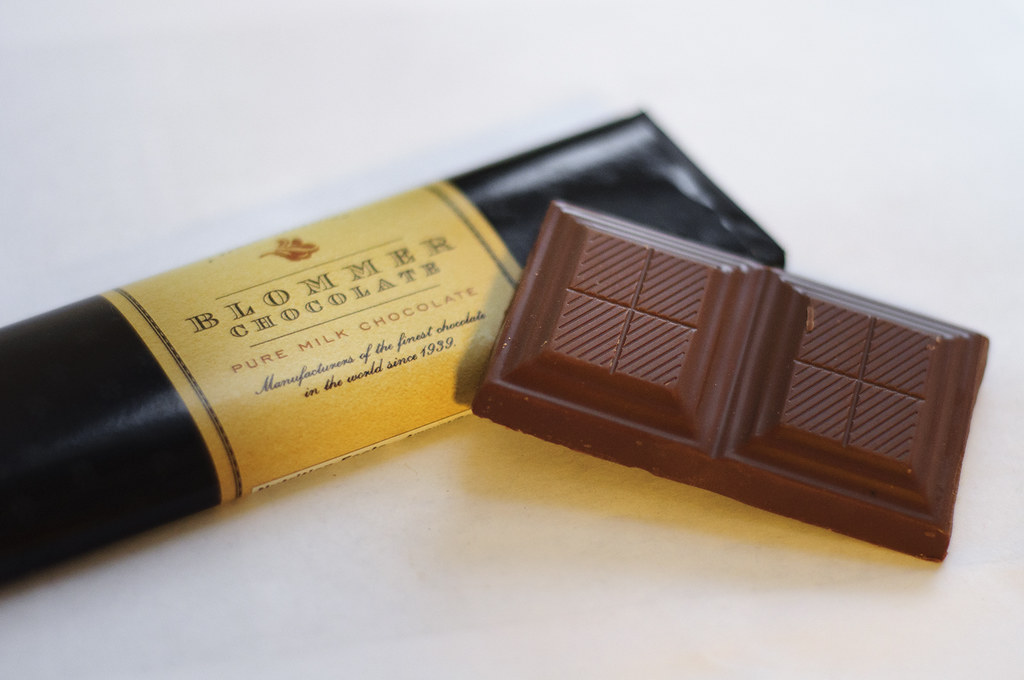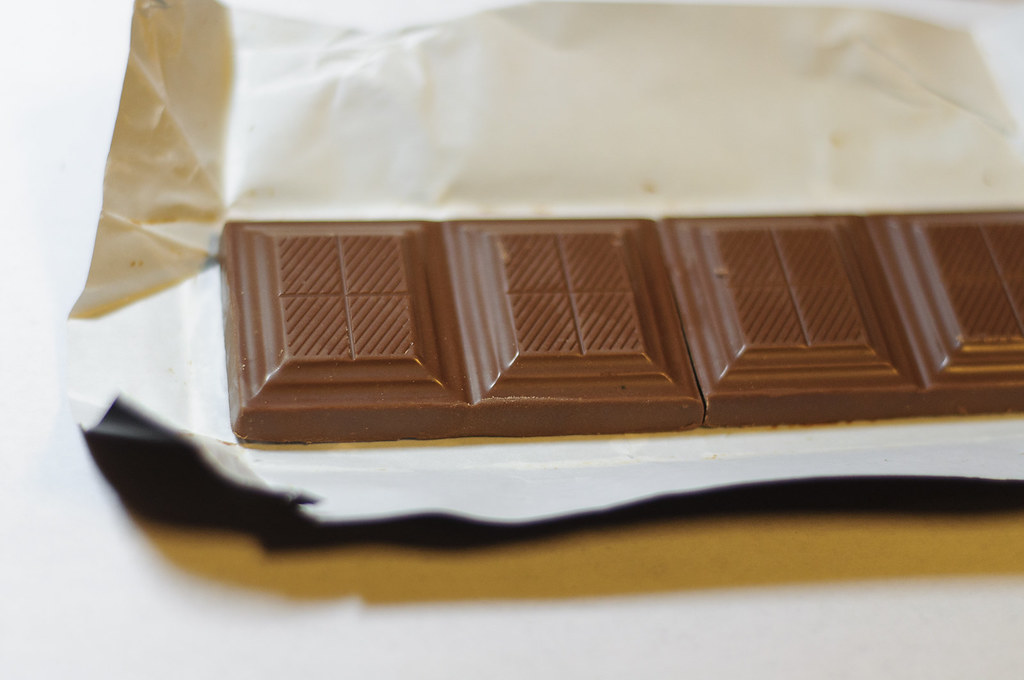On March 27th, the Baker Scholars Program hosted a visit from the Blommer Chocolate Company’s President and COO, Peter Blommer, and Kip Walker, the Corporate Director for Cocoa and Sustainability. Blommer Chocolates is the largest North America cocoa processor and supplier of ingredient chocolate. The company handles half of the cocoa bean imports into the United States from countries in West Africa, South America and Southeast Asia. According to Mr. Blommer, the company produces chocolate liquor, cocoa powder and cocoa butter for companies such as Ferrero Rocher, Hershey’s, Starbucks, Panera, M&Ms, Ghirardelli, Lindt and many, many more.

photo courtesy of http://pbs.twimg.com/media/BjwT556CUAEY2a6.png:medium
Georgetown grad Peter Blommer (C’85) left the investment-banking world in 1991 to join the family business – chocolate. His grandfather, Bernard Blommer (C’30) and his great uncles, Henry Blommer Sr. (C’26) and Aloysius Blommer (C’31) started the company in 1939 and have kept it in the family.
Sustainable practices have always been a part of the business as well. The company does not only want to make charitable contributions but they also be “100% accountable for our actions as a company and as individuals” not simply because this is what the customers want, but because it is “the right thing to do” summarized Blommer on Thursday. Walker explained that the cultivation of cacao trees is a high labor, low result harvest, so it is essential that working farmers and their communities get the most out of the yields.
Blommer Chocolate has focused on combating the decline in cacao production as the agricultural generation ages, few areas are available for development, and the existing lands are losing out to other cheaper, higher yielding crops. There is also the fact that an increasing number of customers are calling for sustainable products. The public voice on social media platforms is a powerful catalyst in changing the sustainability strategies of corporations indicated both Mr. Blommer and Mr. Walker. For Blommer Chocolate, these sustainable practices include its responsibility to the cultivators as well.
The corporation instructs its partners on revitalizing the farms, but not simply through field techniques. There is a discussion on health education, the prevention of AIDS, polio, diphtheria, and malaria, discouraging child labor, and particularly engaging women as more and more studies show just how strong of an impact they can have on society and the workforce. In various communities, Blommer Chocolate has helped build three schools, two medical dispensaries, one medical lab, and a maternity ward, which has delivered and cared for 88 babies so far.
The company considers their contributions as “an investment that can yield a profit in the long run,” but it also believes that the knowledge and technology they are helping to discover and to establish in the chocolate world can last far beyond their involvement. This is their legacy.
More Fun Facts – do the math:
- 90% of the chocolate producers are subsistence farmers and cultivate an average of 1,000 trees or 2-3 hectares.
- One cacao tree can generate an average of 25 pods with about 40 beans a pod.
- North America is the second largest consumer of chocolate products. Europe is number one and Asia is considered a growing market.



